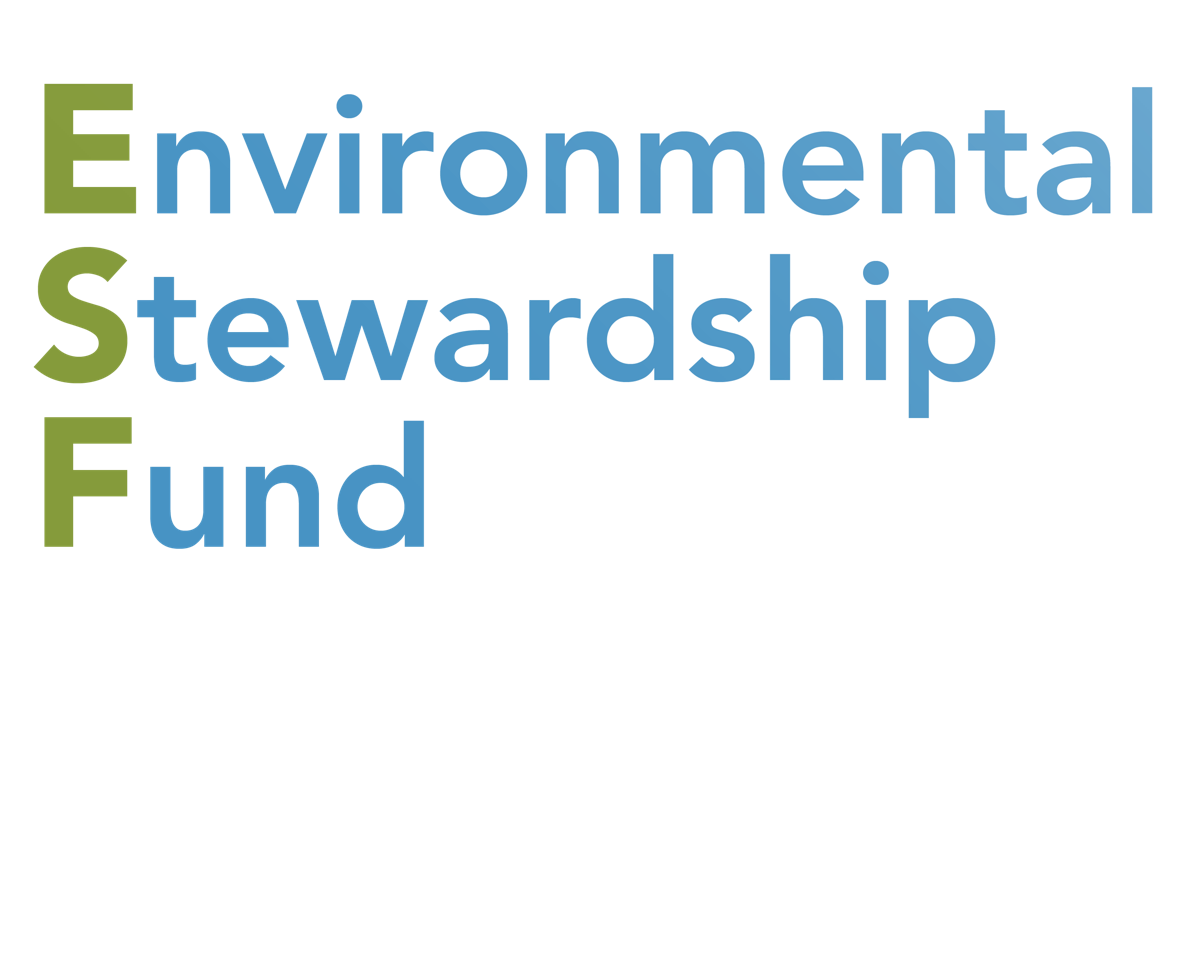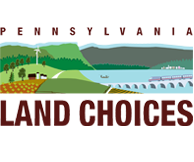Background
Natural gas is a gas consisting primarily of methane. Before natural gas can be used as a fuel, it must undergo extensive processing to remove almost all materials other than methane. Natural gas heats 50% of U.S. homes and generates one-fifth of America’s electricity.
Oversight
There is little federal oversight of natural gas extraction. The Energy Policy Act of 2005 exempted Hydrofracturing from federal regulation under the Safe Drinking Water Act. Although several bills have been proposed in the U.S. Congress to overturn this exemption, none have obtained successful passage.
State by state laws differ on the regulation of drilling activity. Generally, state regulators require driller operators to obtain permits. In addition, they are required to obtain discharge permits for waste water.
Local government control is very limited in states like Pennsylvania, where they can not pass any local ordinances that would impede on oil or gas production.
See Also:
EPA Oil & Natural Gas Air Pollution Standards
U.S. Gas Shales

Impacts of Drilling
Natural gas extraction imposes potential costs on our communities: air pollution; pipelines, drilling pads and wastewater pits scarring our landscapes; heavy rigs damaging our roads; billions of gallons of water taken from our streams; and operational errors contaminating our land and water.
Hydrofracturing relies on a variety of chemicals, which are used to create and maintain the fractures.. A variety of additives may be involved including: hydrochloric acid, gelling agents, ammonium, potassium, sodium salt, hemicellulase, silica flour, biocides, methanol, sodium thiosulfate, and others. The Occupational Safety and Hazard Administration (OSHA) requires that material safety data sheets be assembled for each chemical used, the proportion of each chemical additive need not be disclosed under propitiatory intellectual property laws. In addition, the Energy Policy Act of 2005 exempted Hydrofracturing from Federal Regulation under the Safe Drinking Water Act.
Learn more about the impacts of drilling at landandwater.org.
Policy Issues
Drilling on Conserved Lands
Drilling is impacting privately owned land under easement and protected properties in close proximity to drilling activity. Drilling on protected lands can jeopardize the conservation efforts of land trusts and other organizations.
State and federally protected lands are our greatest public asset, protecting our highest quality streams, providing public recreation, supporting tourism, and providing a sustainable timber supply. It is critical to exercise balance and restraint in considering opening additional lands for drilling.
Extraction Tax
Most major natural gas producing states have passed some form of tax on natural gas extraction in place on new drilling while the state finalizes its Environmental Impact Statement on hydro fracturing. Money raised from a natural gas extraction tax could be used to offset the costs to natural resources and communities directly impacted by drilling activity as well as invest in watershed restoration and protection, habitat conservation, public access to outdoor recreation, and conservation of natural space and farmland.
Severance taxes are viewed as a basic cost of doing business in most other states, and, while the revenue from such taxes can provide profound benefits to communities, the impact on industry is insignificant in comparison to other factors.
Additional Resources
Drilling Has Consequences Website
U.S. Department of Energy. Modern Shale Gas Development in the United States: A Primer, April 2009.
NCLS. State Energy Revenues Update. http://www.ncsl.org/default.aspx?tabid=12674
Wood, Michael and Sharon Ward. “Responsible Growth: Protecting the Public Interest with a Natural Gas Severance Tax“. PA Budget and Policy Center, April 2009.
PA Department of Environmental Protection Fact Sheet “Landowners and Oil & Gas Leases in Pennsylvania“.






